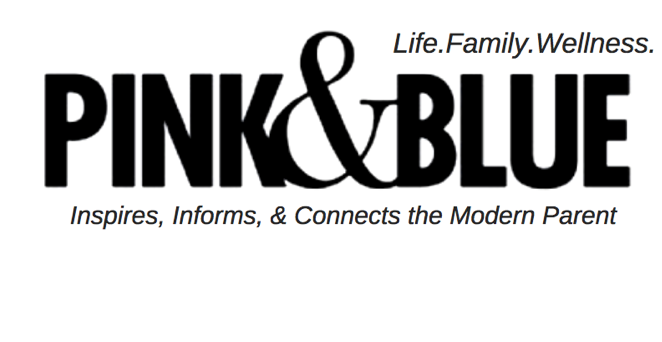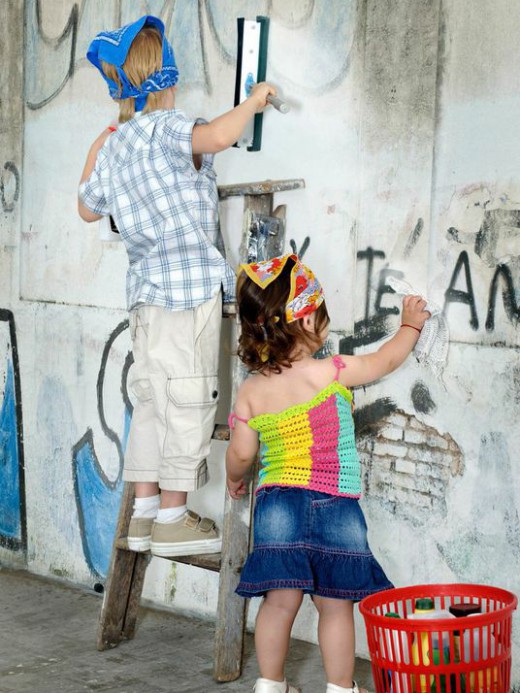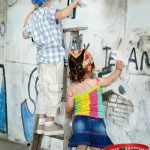From the very beginning of life we experience the art of movement. It’s innate; it’s a part of us. Whether it be stretching, kicking or turning, a fetus begins the beautiful dance of moving. During the first year of life an infant will follow a set of 8 movement patterns which allow him/her to wire their entire central nervous system. Anne Green Gilbert, a leading dance educator in the U.S. developed “The Brain Dance” based on these movement patterns and I have been using it in all of my classes over the past 5 years and can attest to seeing an improvement in a child’s concentration, alertness and focus. A great example of these benefits is seen in many of the different forms of movement. One in particular, known as the Cross-Lateral (crossing the midline) helps to connect both sides of the brain which in turn, allows for the development of higher thinking skills, as well as the development of vertical eye tracking, which helps in reading. Furthermore, there are many other types of body movements found in creative movement that have a direct impact on how our brains develop. Creative movement is a form of communication allowing a child to express themselves through their mind, body and spirit. Movement as creative expression plays an important role in the child’s life by building upon their self-image, self-awareness, purpose and direction. The beauty of creative movement is that it offers a child a safe outlet to express themselves without being judged or made to feel insecure. There is no wrong way, as it truly is a form of individual expression.
The same can be said for Art. What is Art? A question every art educator is asked in University. Art can be a sunset or a smile on a child’s face; it can be a scribble on a paper or a leap across a space. Art is a way for an individual to interpret, imagine and feel. Artistic expression comes naturally in a child’s development and is used as a form of communication. In the book Experience & Art, by Nancy R. Smith she states that, “…fundamental educational aim of art activities is to help children increase their capacity to create meaning and to make sense of themselves and the world around them.” Art is important in helping children develop pre-writing skills, as well as many other fine motor skills such as the pincer grip and cutting. As we grow, arts role changes. For teens art becomes a way of expressing themselves and representing how they see themselves and the world around them. It also teaches them about constructive criticism and forces them to explain whether they like a piece or not, and why.
The media and the internet are playing major roles in helping the “Arts” become available and up front and centre. A great example of this is the television show, “So You Think You Can Dance” which has put all forms of creative movement on the map and gotten people across the country dancing. This show and many others are teaching people just how important the Arts really are.
As a mom of two young children I know that there isn’t always enough time during the day to set aside for art activities. I try to allot one day a week where I expose my older child to an art medium like painting, gluing, drawing or colouring. The dollar store is a great place to go and stock up on different materials. Focus on the process, not the product. Try to let your child explore the medium on his/her own. In my classes I never touch the child’s work, even if it ends up being just a pile of glue. You must remember that it is their creative expression and it means something to them. If you have older children find out what they like to do and get them exposed. Be it music, graphics, sculpting or dancing find a class in your neighborhood and sign them up. It will be the greatest gift you ever give them.




